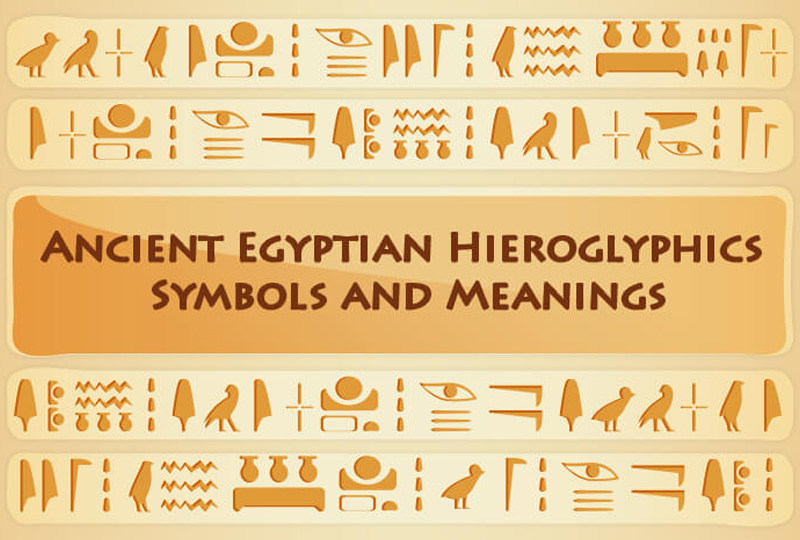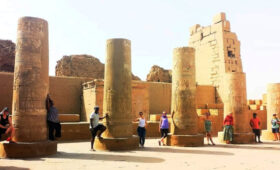Ancient Egyptian Art and Symbolism Explained
Decode the Secrets of One of the World’s Oldest Civilizations
Ancient Egyptian art is more than just decoration ,it’s a language. From colorful wall paintings to intricately carved statues, every figure, color, and symbol held a deeper meaning. If you’ve ever wondered why gods had animal heads or why pharaohs are always shown in profile, this beginner-friendly guide is for you.
At Mandari Travel, we take you beyond the visuals into the sacred meanings and cultural truths hidden in ancient Egyptian art. Let’s explore how to interpret what you’ll see on your tour of Egypt’s incredible temples, tombs, and monuments.
Why Is Ancient Egyptian Art So Unique?
Egyptian art remained remarkably consistent for over 3,000 years. That’s because it served a specific purpose: to preserve order and communicate eternal truths. Unlike modern art, which often reflects individual expression, ancient Egyptian art was functional ,designed for ritual, religion, and the afterlife.
Common Elements of Egyptian Art
1. Profile Figures and Twisted Perspective
Have you noticed how people in Egyptian art are drawn with the head and legs in profile, but the torso facing forward? This is called composite view ,used to show the most recognizable features of each body part.
2. Hierarchy of Scale
The more important a figure, the larger it appears. Pharaohs are often shown towering over servants, enemies, or even gods to indicate status and power.
3. Color Symbolism
Every color had symbolic meaning:
- Gold/yellow = eternal and divine (used for gods)
- Green = rebirth and fertility
- Red = chaos or strength
- Blue = the heavens and protection
- Black = fertility and the afterlife
Powerful Symbols and Their Meanings
Ankh
The symbol of life, often held by gods or given to the pharaoh.
Eye of Horus
A protective symbol representing healing, sacrifice, and restoration.
Scarab Beetle
Associated with the sun god Ra and rebirth; often found in tombs and jewelry.
Lotus Flower
Symbolizes creation and resurrection, as the lotus blooms each day and closes at night.
Where to See Ancient Egyptian Art
Our Mandari Travel tours take you to some of the finest examples of ancient Egyptian artistic mastery:
- Karnak Temple (Luxor) – Gigantic columns covered with colorful hieroglyphs.
- Valley of the Kings – Tomb walls painted with scenes from the Book of the Dead.
- Edfu Temple – Stunning reliefs depicting the battle between Horus and Set.
- Egyptian Museum (Cairo) – Home to exquisite statues, sarcophagi, and treasures from Tutankhamun’s tomb.
Experience Egyptian Art with Mandari Travel
Our expert guides break down the meanings behind the imagery so you don’t just look you understand. Whether you’re a curious traveler or an art enthusiast, we’ll make the symbols of ancient Egypt come alive.
Ready to Explore the Art of the Ancients?
Email: info@mandaritravel.com
Call/WhatsApp: +255 750 900 811
Fill out the form below to request your personalized Egypt tour quote and start your journey into a world of mystery, meaning, and timeless beauty.




